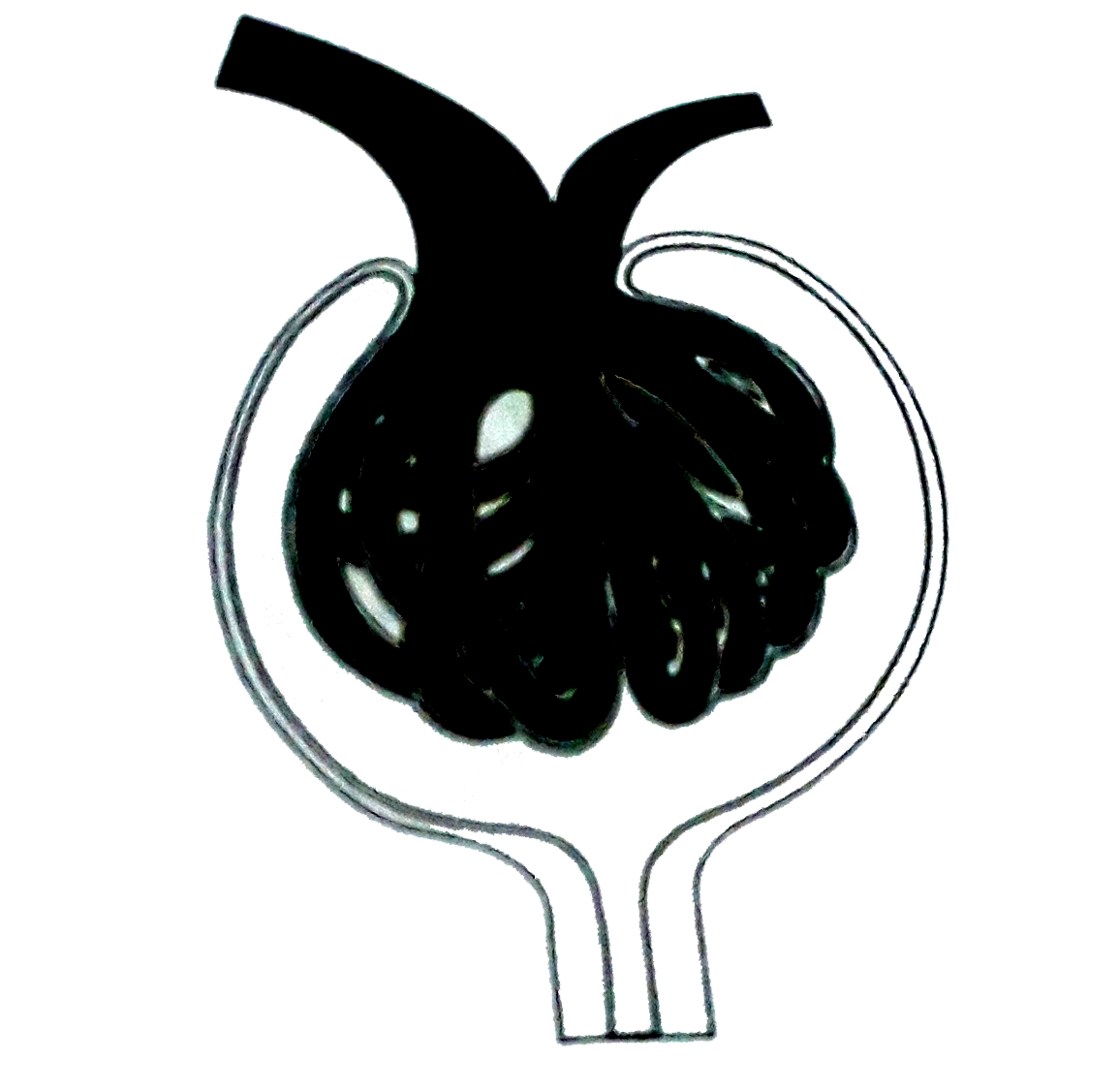Renal fluid present in the part of renal tubule which is impermeable to water but permeable to salts is
Hypertonic to the medullary fluid
Hypotonic to the medullary fluid
Isotonic to the cortical fluid
Hypertonic to blood and isotonic to the cortical fluid
The correct Answer is:B
To answer the question regarding the renal fluid present in the part of the renal tubule which is impermeable to water but permeable to salts, we can break down the solution into a series of steps:
1. Understanding the Renal Tubule: The renal tubule is a part of the nephron in the kidney where the filtration of blood occurs. It consists of various segments, including the proximal convoluted tubule, loop of Henle, distal convoluted tubule, and collecting duct.
2. Properties of the Renal Fluid: The question specifies that the renal fluid in this part of the renal tubule is impermeable to water but permeable to salts. This means that while salts can pass through the walls of the tubule, water cannot.
3. Identifying the Relevant Segment: The segment of the renal tubule that fits this description is the ascending limb of the loop of Henle. This part is known for being impermeable to water while allowing the reabsorption of salts (such as sodium and chloride ions).
4. Understanding Osmotic Conditions: The renal fluid in the ascending limb is described as being hypotonic to the medullary fluid. This means that the concentration of solutes (salts) in the renal fluid is lower than that in the surrounding medullary fluid, causing water to move out of the renal fluid into the medullary fluid.
5. Conclusion: Therefore, the renal fluid present in the part of the renal tubule which is impermeable to water but permeable to salts is hypotonic to medullary fluid.
Final Answer:
The renal fluid present in the part of the renal tubule which is impermeable to water but permeable to salts is hypotonic to medullary fluid.
---
The renal fluid present in the part of the renal tubule which is impermeable to water but permeable to salts is hypotonic to medullary fluid.
Topper's Solved these Questions
- BOOK - AAKASH SERIESCHAPTER - EXCRETORY PRODUCTS AND THEIR ELIMINATIONEXERCISE - EXERCISE - I (MECHANISM OF CONCENTRATION OF THE FILTRATE)6videos
EXCRETORY PRODUCTS AND THEIR ELIMINATION
- BOOK - AAKASH SERIESCHAPTER - EXCRETORY PRODUCTS AND THEIR ELIMINATIONEXERCISE - EXERCISE - I (REGULATION OF KIDNEY FUNCTION)11videos
EXCRETORY PRODUCTS AND THEIR ELIMINATION
- BOOK - AAKASH SERIESCHAPTER - EXCRETORY PRODUCTS AND THEIR ELIMINATIONEXERCISE - EXERCISE - I (URINE FORMATION)15videos
EXCRETORY PRODUCTS AND THEIR ELIMINATION
- BOOK - AAKASH SERIESCHAPTER - EVOLUTIONEXERCISE - EXERCISE - III( PREVIOUS AIPMT/NEET QUESTIONS)38videos
EVOLUTION
- BOOK - AAKASH SERIESCHAPTER - HUMAN REPRODUCTIONEXERCISE - EXERCISE-III55videos
HUMAN REPRODUCTION
Similar Questions
Knowledge Check
- Question 1 - Select One
part of nephron impermeable to salt is
Adescending limb of loop of HenleBascending limb of loop of HenleCcollecting ductsDDCT - Question 2 - Select One
Part of nephron impermeable to salt is
Adistal convoluted tubuleBdescending limb of loop of HenleCascending limb of loop of HenleDcollecting duct - Question 3 - Select One
Glucose is reabsorbed in the renal tubule by :
Aactive transportBosmosisCdiffusionDsecretion
Which part of renal tubule is double walled?
 View Solution
View SolutionAssertion :− The descending limb of loop of Henle is permeable to water but almost impermeable to electrolytes.
Reason :− Henle's loop plays a significant role in the maintenance of high osmolarity of medullary interstitial fluid.View SolutionBy which action a seed coat becomes permeable to water?
View SolutionRead the given statements and identify the structure referred here.
(i). Reabsorption in this region is minimum.
(ii). This region plays a significant role in the maintenance of high osmalarity of interstitial fluid.
(iii). Its descending limb is permeable to water but almost impermeable to electrolytes.
(iv). Its ascending limb is impermeable to water but allows transport of electrolytes actively ro passively.View SolutionCork cambium results in the formation of cork, which becomes impermeable to water due to accumulation of:
View Solution

